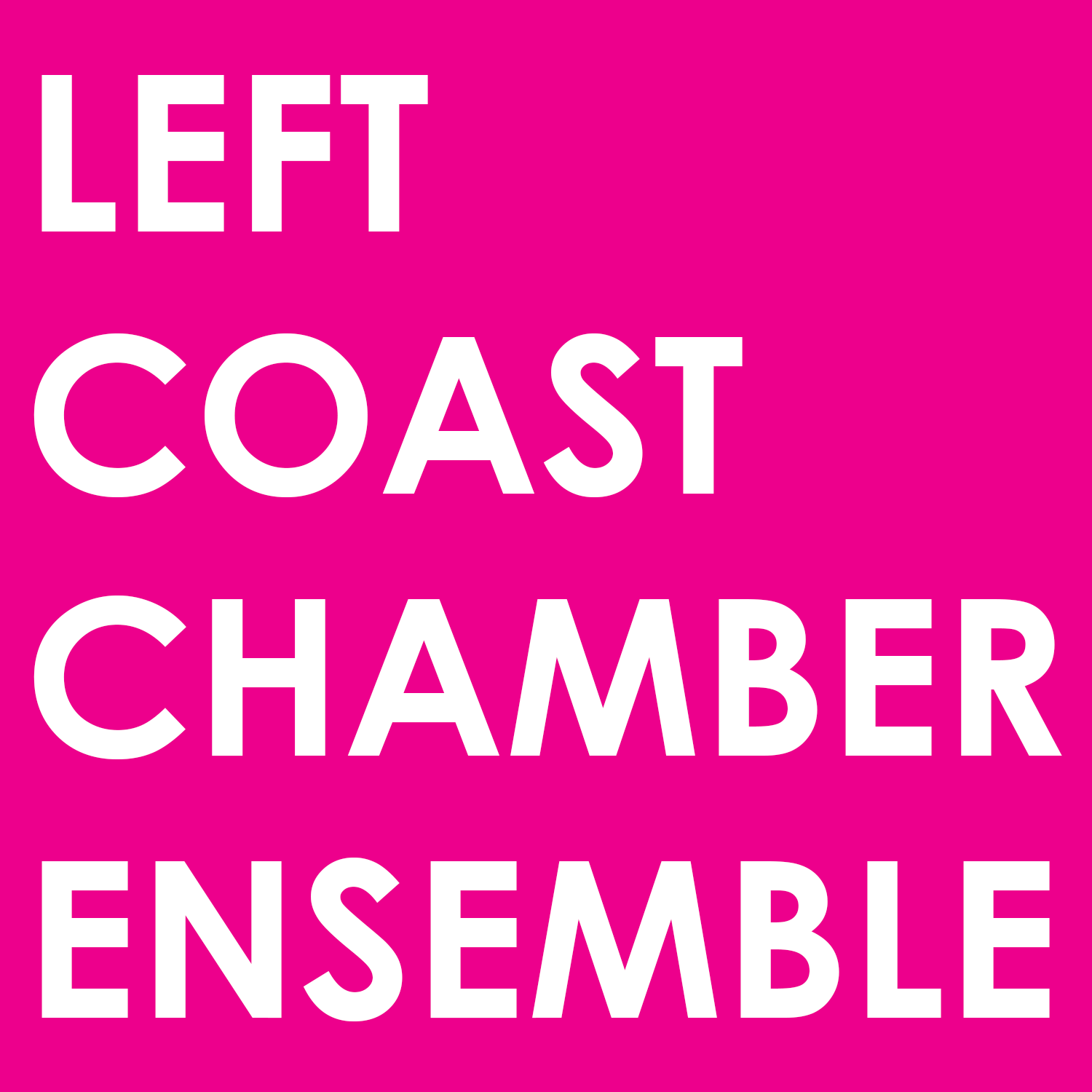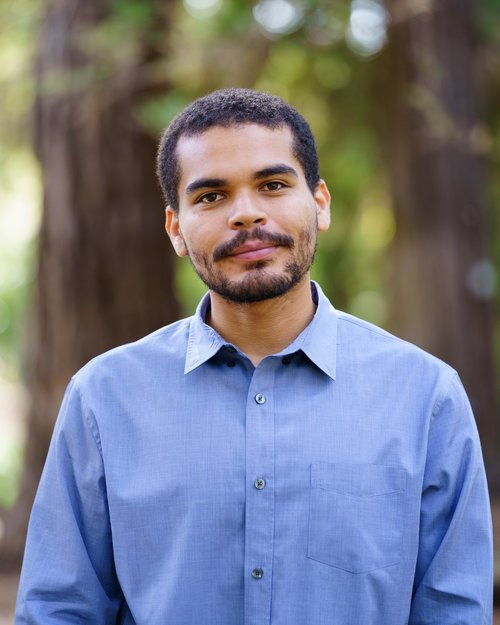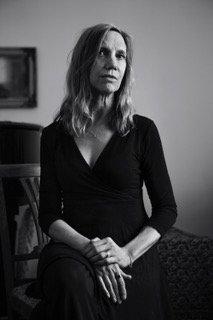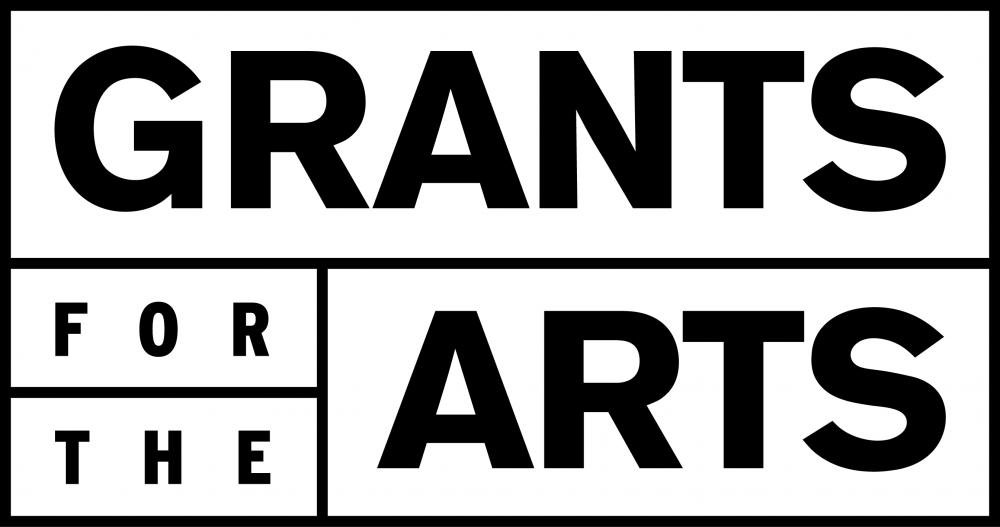Myth & Memory: Berio Folk Songs with New Companions
Luciano Berio - Folk Songs
Contralto, Emily Marvosh
New Folk Song Companions– World Premieres
Soprano, Nikki Einfeld
Linda Catlin Smith - The River; Wayfaring
Hiroya Miura - Tsuki nu Kaisha; Asadoya Yunta
Chris Castro - Two Songs for the Opp
Seong Ae Kim - 2 Folk Song
Ingrid Stölzel - Mondspiel: I. Der Mond ist aufgegangen; II. Verstohlen geht der Mond auf
Carl Schimmel - Ladle Rat Rotten Hut
Soprano, Nikki Einfeld
Luciano Berio celebrates the rich materials of folklore in Folk Songs, arranging songs from all over the globe — from Black is the Color of My True Love’s Hair to the Azerbaijan Love Song. New commissions by Left Coast remix additional folk songs to complement Berio’s masterpiece, and Carl Schimmel gives us a topsy-turvy resetting of the classic Little Red Riding Hood story for the 21st century!
Concert Program
Help Us Spread the Word: Download Our Concert Flyer Here
LIVE CONCERT Sunday, June 5, 2022, 7:30PM
Jeannik Méquet LITTLEFIELD CONCERT HALL, Richards Rd
Mills College, 5000 Macarthur Blvd Oakland, CA 94613
LIVE CONCERT MONDAY, JUNE 6, 2022, 7:30PM
SF CONSERVATORY OF MUSIC
50 OAK STREET, SAN FRANCISCO, CA 94102
These commissions have been made possible by the The Kurt Rohde Commission Fund.
Artists
Program Notes
Chris Castro, Two Songs for the OPP
Two Songs for the OPP are drinking songs. The first song is in an anthem, using a form that repeats the melody (strophic form). It is heavily reliant upon fugal procedures. The second song starts like a recitative and becomes a lullaby. While being stand-alone songs, they are part of a larger work, Brooklyn Narcissus.
Brooklyn Narcissus is a song cycle for soprano and chamber orchestra. It sets nine poems by the American poet Paul Blackburn (1926 - 1971). The cycle fuses two ideas: to set writings about drinking, and to set poems about love using jazz standards as the musical material. Each of the nine poems deals with either drinking, love, or both. I have arranged the poems to create a narrative: the protagonist goes out for the evening to drink, sees a jazz show, and returns home. This all occurs as they get progressively more drunk. The two songs on the program are from the middle of the night, framing the orchestral interlude Choruses III.
––– Program Notes by Chris Castro
Seong Ae Kim, I. Some die & II. Kanda
The recent incidents of Asian hate crime, increasing since the outbreak of COVID-19, has been one of my biggest present concerns. The tragedy of the Atlanta spa shootings in March 2021 especially shook me due to the victims being predominantly Asian and women. This mass shooting being an example that highlights the devastating truth that many of the victims of recent Asian hate crimes are often powerless and marginalized people within the community: elderly, women, poor, and undocumented immigrants.
There are two texts that inspired me to create this piece. The first text comes from the Korean ancient/traditional opera "Pansori- Jeok Byuk," which is a lamentation that lures the devastated situation of the recent victims of AAPI hate crime. The second text, “Saeya saeya,” was written in 1894 as a rebuke to the social and political oppression occurring in Korea during the Japanese occupation of the Korean peninsula at that time. Pleading for the safety of the AAPI community and peace, I hope that this piece will offer solace to those who are grieving and foster reconciliation and healing. ––– Program Notes by Seong Ae Kim
Ingrid Stölzel, Mondspiel: I. Der Mond ist aufgegangen; II. Verstohlen geht der Mond auf
“Mondspiel” is a reimagining of two famous German evening songs for Soprano, Flute, Clarinet, Viola and Cello. The words for “Der Mond ist aufgegangen” and “Verstohlen geht der Mond auf” have inspired many composers throughout western music history, including Franz Schubert and Johannes Brahms. I grew up with the folk melodies as well as the art songs and choral settings. As I sat down with the poems, I found new ways of reimagining what a melody in my own compositional voice would sound like, yet with the goal to capture the essence of a folk song. For “Der Mond ist aufgegangen” a through-composed idea for two stanzas emerged that for me expressed the nuanced differences in the meaning. My version of “Verstohlen geht der Mond auf” is a lively and playful setting that harkens back to its origin as a festive harvest song.
“Mondspiel” was commissioned by the Left Coast Chamber Ensemble as companion songs to Luciano Berio’s “Folk Songs” and uses a subset of the instrumentation.
––– Program Notes by Ingrid Stölzel
Linda Catlin Smith, Wayfaring Stranger & The River
Wayfaring Stranger and The River were both written as companion pieces to Luciano Berio’s Folk Songs. Wayfaring Stranger is based on the very popular song, set in a constantly changing array of chords, that become another kind of wayfaring…The River is an arrangement of a song co-written by Richard Sacks and myself for a dance piece, set to text by the playwright Maristella Rocca. ––– Program Notes by Linda Catlin Smith
Hiroya Miura, Tsuki nu Kaisha & Asadoya Yunta
Ever since I first visited Okinawa (Ryukyu) as a child, I have been intrigued by many aspects of their culture, especially music. Their folk songs sounded so different from any other folk songs I heard in my childhood in mainland Japan. Later I found out that the Ryukyuan pentatonic scale is fundamentally different— theirs is closer to Javanese Pélog than the major or minor pentatonic modes of Japanese music. I think it is no surprise that their music carries such a distinct flavor, considering their past as an independent island nation, before the Japanese annexation took place in the 19th century. Since the 1400’s, Ryukyu was a wealthy kingdom, playing the central role in the vast maritime trade networks extending from the East to Southeast Asia.
Tsuki nu Kaisha (Beauty of the Moon) is a beloved lullaby from the Yaeyama Islands. Sometimes known as a “nighttime lullaby” in the region, the song features a lyrical contour and Romantic text. I was intrigued by the unusual melodic structure in which the fourth verse is sung on an entirely different melody. Asadoya Yunta (Asado’s Work Song) is a work song originated in Taketomi, one of the smallest islands in the same Yaeyama Islands. Based on the real woman, Kuyama Asadoya (1722-1799), the text comically describes the failed pursuit of Kuyama by a stodgy government official. The long, captivating narrative (the original has twenty-three verses!) and the memorable melody have made Asadoya Yunta the most popular Ryukyuan folk song, leading to many covers by a range of contemporary artists from Ryuichi Sakamoto to Blondie.” ––– Program Notes by Hiroya Miura
Carl Schimmel, Ladle Rat Rotten Hut
Ladle Rat Rotten Hut is a whimsical version of “Little Red Riding Hood” that was first published in 1953 by Howard L. Chace, a professor of Romance languages at Miami University in Ohio. Chace called his new “language” Anguish Languish (instead of “English Language”). The text is a type of homophonic transformation, akin to a mondegreen (a mishearing of song lyrics, for example), although whereas many homophonic transformations use words from a foreign language (as in Luis d’Antin van Rooten’s version of “Humpty Dumpty,” which begins: “Un petit d’un petit…”), Ladle Rat Rotten Hut converts English to English (“Anguish”). I first heard Ladle Rat Rotten Hut in the early 1980s when a storyteller performed it for my elementary school, and I was instantly taken with the cleverness of the wordplay. By the time I was studying music composition in graduate school I already had an idea that I would like to use it someday as part of a musical work. My opportunity came when I received a Fromm Foundation commission in 2019 to write for Left Coast Chamber Ensemble.
My version of Ladle Rat Rotten Hut contains additional “musical numbers” which are sprinkled throughout the story and which heighten the emotional content of the composition. They are both humorous and macabre, and together they highlight one of the strange central topics in “Little Red Riding Hood” – that of providing food and becoming food, of eating and being eaten…. These “arias” are constructed from words used in the original – words that are now to be understood in their original and literal English meaning. So not only are they like songs in musicals in that they break out of the “perceived” time of the story and serve as windows into the “real” emotional lives of the characters, they also break out of the “Anguish Languish” and employ the English Language in its pure form. Similarly, the instruments in the ensemble, and the percussion instruments in particular, provide a musical illustration of both the “true” underlying text (e.g., the little girl) and the text in its literal sense (the “ladle gull”). The resulting composition is, I hope, a surprising and entertaining exploration of the many ways that sound – both music and language – can convey a complex(ity) of meanings. ––– Program Notes by Carl Schimmel
Luciano Berio, Folk Songs
Berio’s Folk Songs were created and first performed during Luciano Berio’s residency at Mill’s College in Oakland in 1964, for mezzo-soprano Cathy Berberian. In Berio’s frequent turning to folk songs as inspiration, he seems to have been considering the artifice of music in more urban cultures: “ I return again and again to folk music because I try to establish contact between that and my own ideas about music. I have a utopian dream, though I know it cannot be realized: I would like to create a unity between folk music and our music — a real, perceptible, understandable conduit between ancient, popular music-making which is so close to everyday work and music.”
Berio also describes the way his own style interacts with the early origins of the songs, and the ways they have been reinterpreted over the centuries: “I have given the songs a new rhythmic and harmonic interpretation: in a way, I have recomposed them. The instrumental part has an important function: it is meant to underline and comment on the expressive and cultural roots of each song. Such roots signify not only the ethnic origins of the songs but also the history of the authentic uses that have been made of them.”––– Program Notes by Matilda Hofman
COVID-19 CONCERT POLICY:
(EFFECTIVE THROUGH OUR 29TH SEASON, JUNE 2022)
Masks: All patrons are required to wear a face mask which completely covers the mouth and nose at all times inside event venues.
Vaccination:
Audience Members 12+: Left Coast Chamber Ensemble requires proof of *up-to-date vaccination for entrance into any Left Coast event.
Audience Members 11 and under: proof of **full vaccination as appropriate against COVID-19 or a negative COVID-19 test (PCR test within 48 hours of the event, or antigen [rapid] test within 24 hours of the event).
Food & Drink: Food & drink is not permitted to be consumed inside event venues.

























